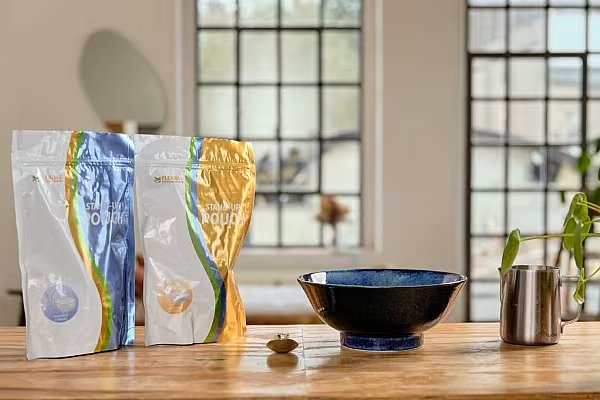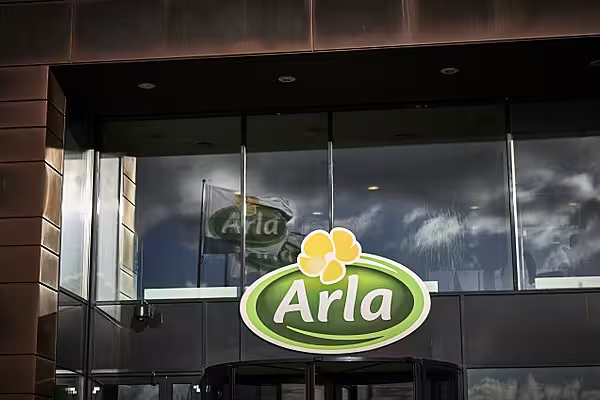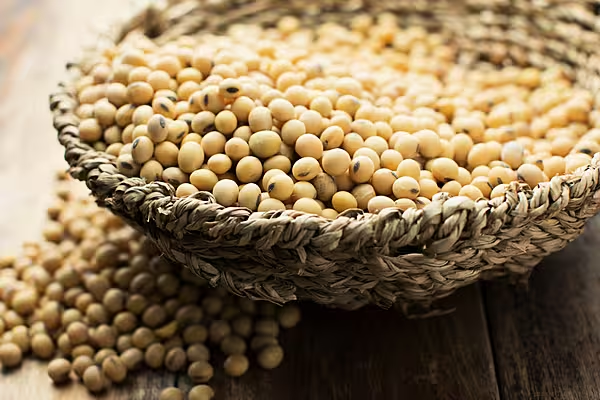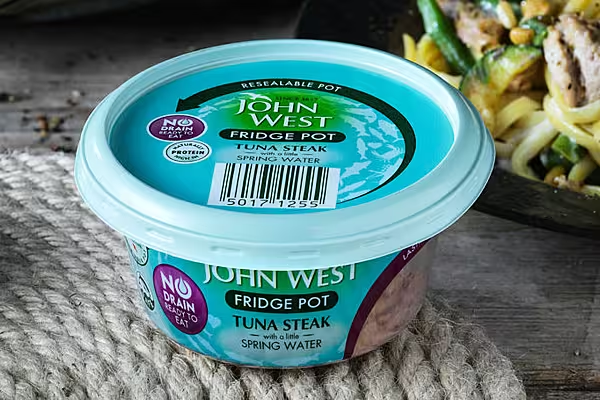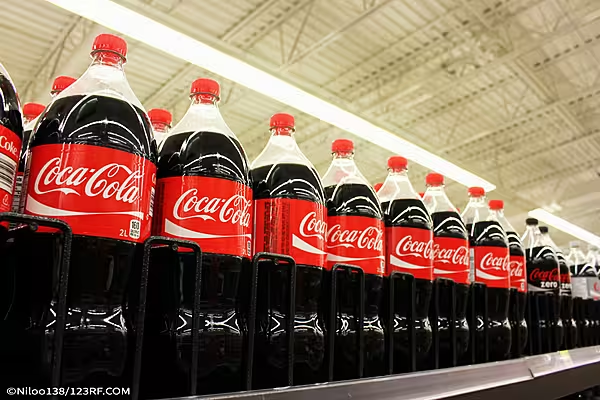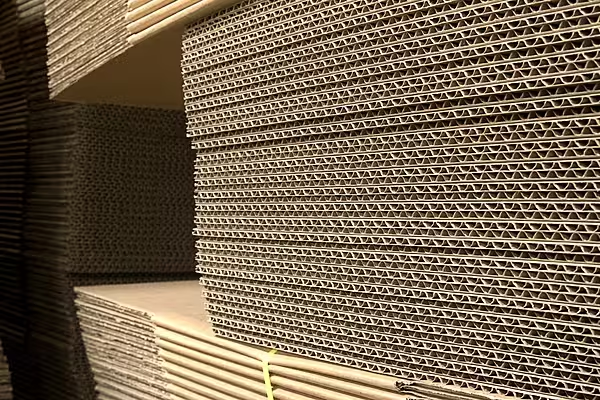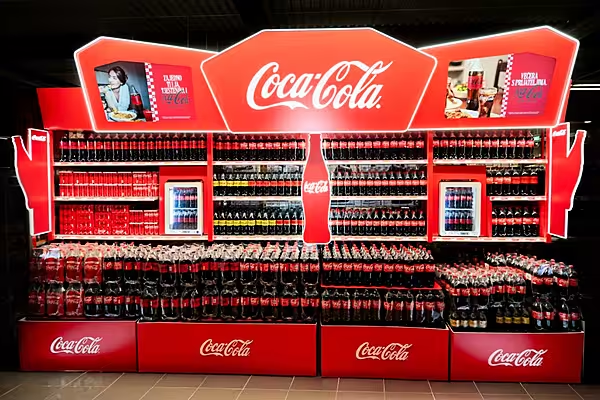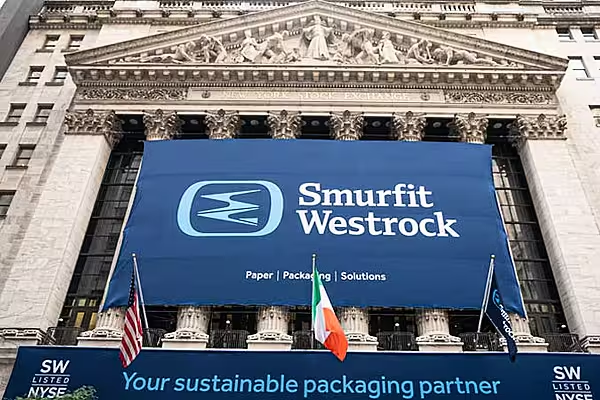The prices of European flexible packaging materials have increased in the first quarter of 2024 due to shipping disruptions in the Red Sea.
Prices across almost every flexible packaging material posted modest price rises in the first quarter of 2024, compared with the end of 2023, mainly due to disruptions in the supply of resin and film, according to Flexible Packaging Europe, the association that represents the European flexible packaging industry.
Guido Aufdemkamp, executive director of FPE (Flexible Packaging Europe) commented, “If anything there is more uncertainty in the market than there was at the end of last year. Escalating tensions in the Middle East generally and the continued threat to shipping in the Red Sea have caused major disruption in the supply chain.
“The war in Ukraine also continues to have an impact both on supply and wider European demand of packaging materials and packaged goods. These issues are not likely to go away in the near future.”
Aufdemkamp added that "extreme destocking has come to an end" in most segments and restocking to a more normal level has begun slowly.
"This factor, combined with a cautious upturn in demand, as prices and inflation stabilise, could mean the market for flexible packaging materials in Europe is set for modest growth later this year,” he added.
Price Increases
Both HDPE or high density polyethylene (+2,3%) and LDPE or low density polyethylene (+4,1%) continued the upward trend seen in the second half of 2023, data showed.
Prices of 20-micron BOPP (Biaxially Oriented PolyPropylene) film surged 12% and are now at a level last seen in the second quarter of 2023.
Elsewhere, the 15-micron BOPA (Biaxially Oriented PolyAmide) film added a more cautious 2%, while 12-micron PET gained 4%, pushing it close to its early 2023 price.
Only 60-gsm one-sided coated paper held steady, with no change compared to the final three months of the previous year.
Across the board, prices are still well below the levels seen at the start of 2023, with both aluminium foil (down 16%) and 60-gsm one-sided coated paper (down 24%) leading the way, the association noted.
However, in comparison with the benchmark of the first quarter of 2020, prices remain between 27% (BOPP) and 57% (aluminium foil) higher.
Santiago Castro, an analyst from Wood Mackenzie stated, “Prices paid in Europe for flexible packaging materials mostly increased in Q1 2024. This was the case for BOPET (biaxially oriented polyethylene terephthalate), BOPA, and BOPP, which experienced the most significant increase. Prices paid for paper remained unchanged, but price increases are expected during Q2 due to increases in the cost of pulp.
“Aluminium foil saw additional price decreases due to conversion cost reductions. Although overall demand has improved for all substrates, mainly this has been due to restocking. End-user demand remains weak, but there are signs of improvement.”
